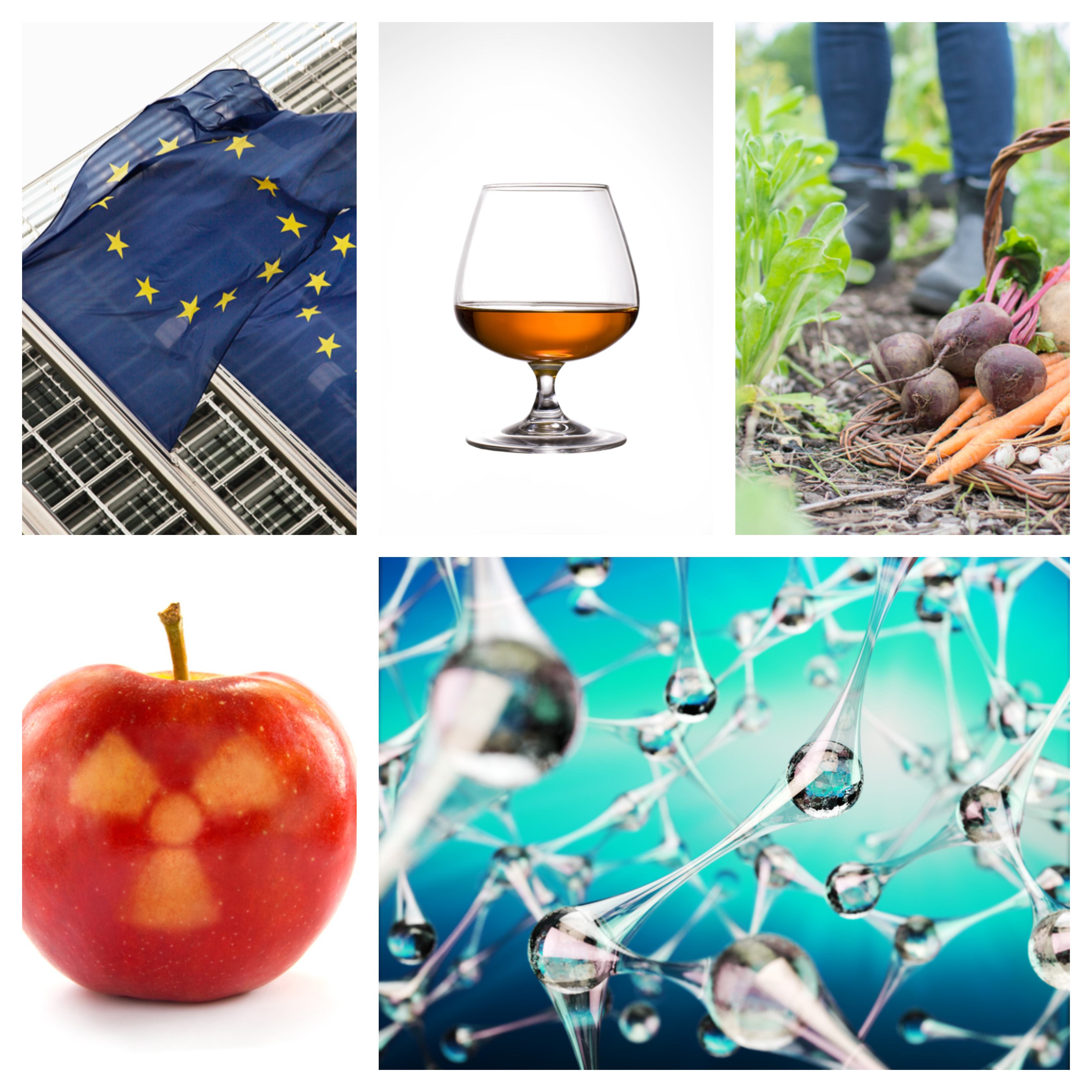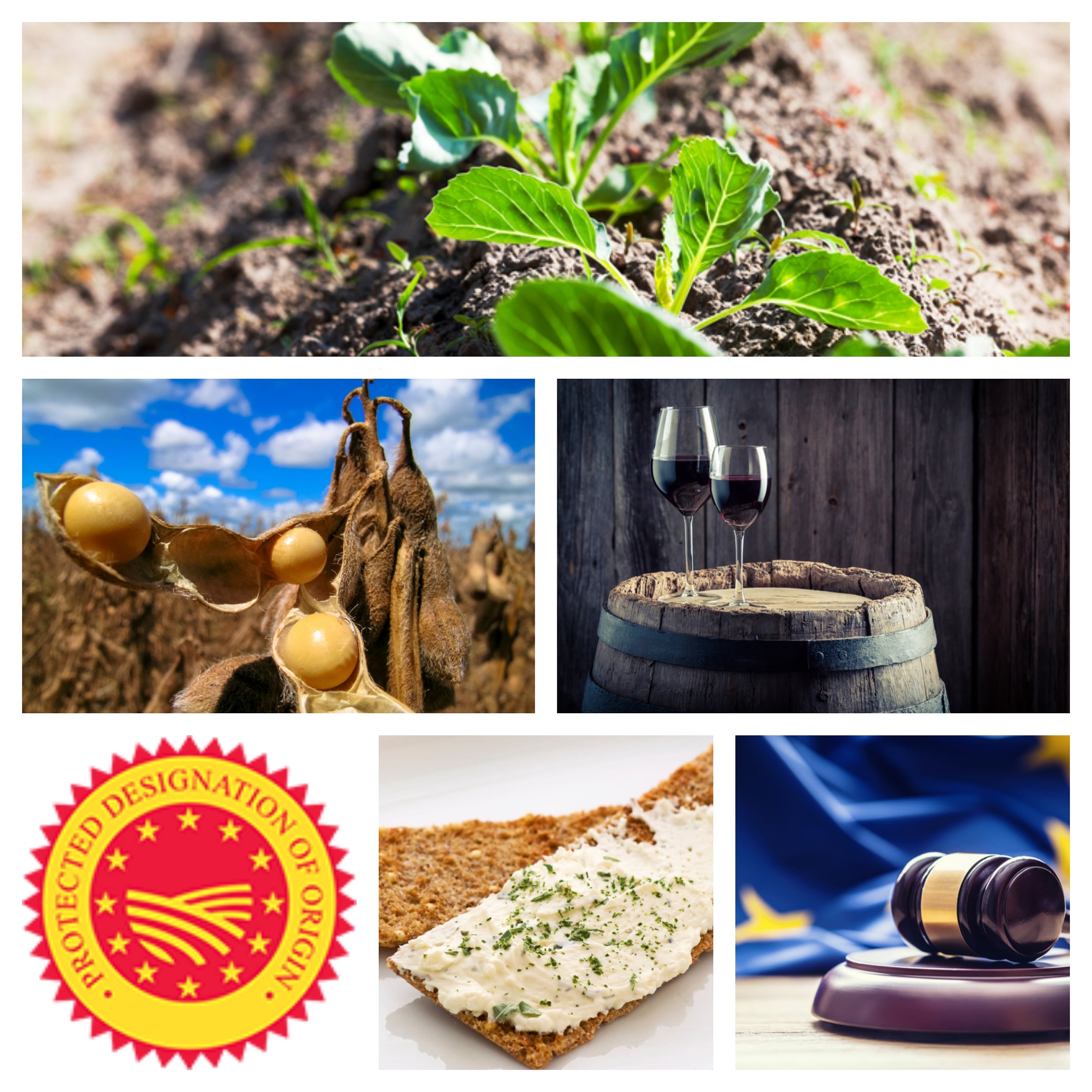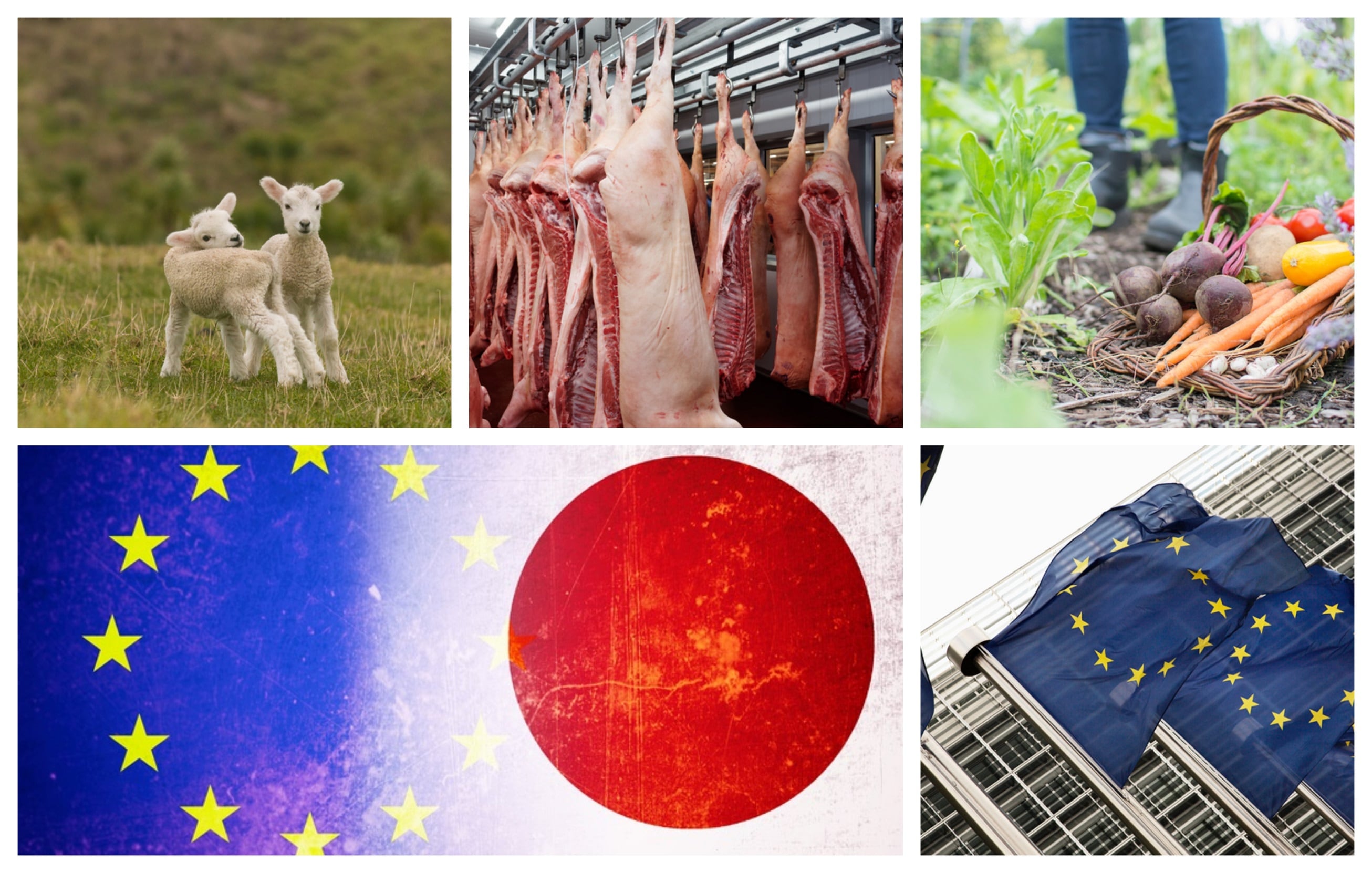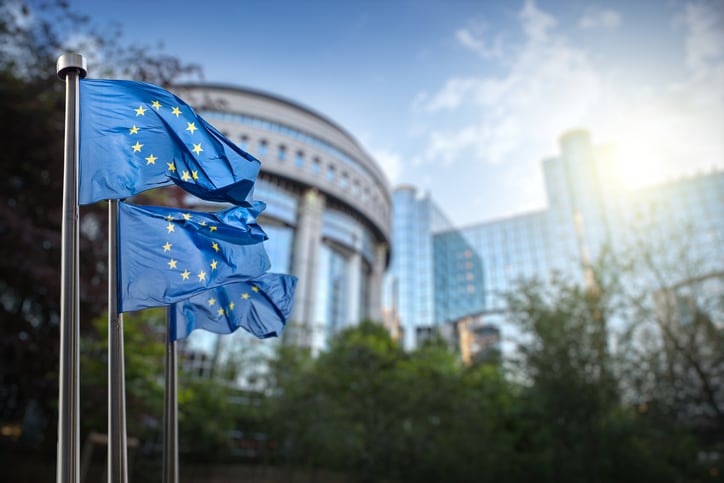The food of the future? Local, organic & certified
The Commission has published a report with a series of predictions for the region’s agriculture sector, including meat, arable crops, milk and dairy products and fruit and vegetables.
The report concludes that consumers will become more demanding towards food, its sourcing, and its impact on the environment and climate change.
“This may result in higher production costs for producers but will also be an opportunity to differentiate their products, adding value while working on their climatic and environmental impact.
“This will be reflected in alternative production systems, such as local, organic or other certified products being increasingly in demand.”
The Commission also predicts poultry will be the only meat sector for which production and consumption in the EU will rise while demand for traditional dairy products such as cheese “should continue to grow”.
The findings of the report are one of the topics of discussion at the 2018 EU Agricultural Outlook Conference in Brussels today and yesterday (6 – 7 December).
Knowledge Centre to fight global malnutrition launched
The Commission will launch a Knowledge Centre for Global Food and Nutrition Security, bringing together experts to tackle the root causes of food insecurity around the world.
Fully funded by the EC and led by the Joint Research Centre (JRC), the centre will produce briefings, interactive maps, databases and regular reports, all of which will be publicly accessible.
Commissioner for education, youth, culture and sport Tibor Navracsics said: "To end hunger and fight malnutrition, we need to do more together, using the very best knowledge at our disposal within the Commission and beyond.
“In most cases, we are not short of data or information – rather, the challenge is making sense of the unprecedented volume of knowledge we have. The Knowledge Centre for Global Food and Nutrition Security will help identify where crucial information and knowledge gaps exist, and indicate how to fill them."
The JRC already leads knowledge centres on six other topics: the bioeconomy, territorial policies, migration and demography, disaster risk management and food fraud and quality.
In 2017, one in nine people in the world was undernourished.
Better guidance for nano safety
The European Commission has adopted the revision of several annexes of the EU Regulation on Registration, Evaluation, Authorisation and Restriction of Chemicals (REACH), clarifying the registration requirements for nanomaterials.
“REACH has always applied to nanomaterials, but did not contain specific provisions for them, which is why companies often did not know how to register these ‘substances in nanoform’,” said the Commission. “Scientific evidence has shown that the toxicity of nanoforms, as well as their effect on the environment, often differs from the conventional substance.”
White food colouring titanium dioxide and silicon dioxide, an anti-caking agent that prevents clumping and ensures free-flowing powders, can contain nano-sized particles.
The new registration requirements for nanomaterials will apply as of 1 January 2020 and, according to the Commission, will help "close the knowledge gap" about which nanomaterials are placed on the market and in which quantities.
The requirements also provide information on basic characteristics and use of nano-sized particles, how to handle them safely, what risks they potentially pose to health and the environment and how these risks can be adequately controlled.
A spoonful of sugar and pesticides
Romanian MEP Daniel Buda, a member of the PPE Christian Democrats, would like to see information labels listing the sugar content and pesticide use made mandatory for fresh fruit.
“Numerous campaigns are organised to encourage fruit consumption but not enough of them also warn of the adverse effects,” Buda said in a written question to the Commission. “The fact is that fruit has a high sugar content and, if consumed to excess, will have the same effect as chocolate or other confectionery and may cause diabetes.
“Fruit may also be harmful if it is not washed properly. Much of the fruit on sale in shops has been sprayed with pesticides.”
According to Buda, the public should be informed about the safety of eating fruit peel. “While it frequently contains the most vitamins, it is also in the peel that any pesticides possibly affecting the human organism are to be found,” he said.
No luck for Buda, however. Single-ingredient unprocessed products are not required to give any nutrition information, health and food safety commissioner Vytenis Andriukaitis said, and the Commission does not intend to change this.
“Food products, including fruits, placed on the European Union market must comply with maximum residue levels (MRLs) of pesticides,” Andriukaitis responded. “MRLs ensure that all food products containing residues below these levels are safe for consumers. Thus, EU legislation does not require any pesticide labelling for food.
"Moreover, MRLs are protective for consumers even if the peel is eaten, except for crops where the peel can be reasonably expected not to be eaten [such as] bananas,” he added.
More protected origin products
The Commission approved several protected designated origin products.
Romania saw its ‘Scrumbie de Dunăre afumată’, a cold smoked fish from the Danube delta added to the growing list of more than 1,440 protected European products.
Bulgaria’s traditional brandy 'Karnobatska grozdova rakya' ('Карнобатскагроздоваракия') was added. Made in the eastern provinces of Bulgaria, the brandy has an alcohol content of at least 40% and a pale yellow colour thanks to being aged in oak casks or the addition of caramel.
Germany’s 'Bayrisch Blockmalz', a hard caramel sweet made with caramelised sugar and malt extract in Bavaria, also gained protected status.
EC gives go-ahead to PepsiCo acquisition
The Commission approved PepsiCo’s acquisition of Israeli company SodaStream International, under the EU Merger Regulation.
“The Commission investigated also potential conglomerate issues due to PepsiCo's activity and potential expansion in the production of dilutable concentrates, syrups and flavours that might be used with SodaStream's home carbonation systems to produce home-made soda.
“However, the Commission concluded that conglomerate effects are unlikely due to the specific characteristics of the products, which are designed to work with all alternatives offered by competitors.”
PepsiCo announced in August that it would acquire the Israel-based company for $144 per share in a deal valued at $3.2bn.




